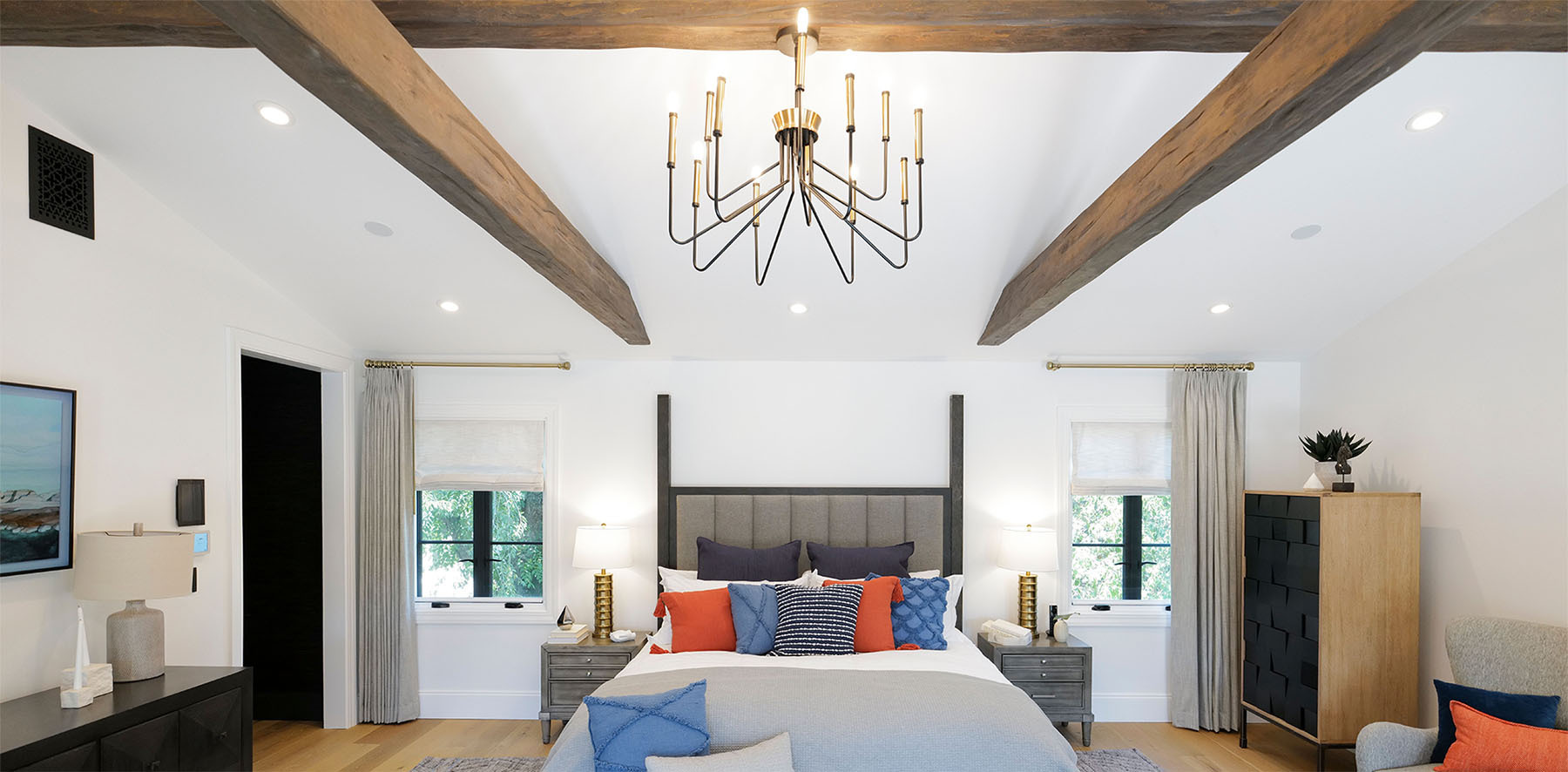Faux Panels
Our collection of faux panels will help you find the perfect solution to transform the entire face of your décor. Choose from our faux fieldstone, faux dry stack stone panels and faux cobblestone panels to enhance your space’s design.
Unsure where to start? Shop Samples

Unsure Where to start?Shop Our Samples To Find The Perfect Finish For Your Project
Order Samples NowAffordable
Costs much less than traditional, natural products
Innovative
Designed for seamless integration and easy installation
Inspirational
Largest selection of styles and textures in the industry

Handcrafted
Hand-painted by artisans to look just like the real thing